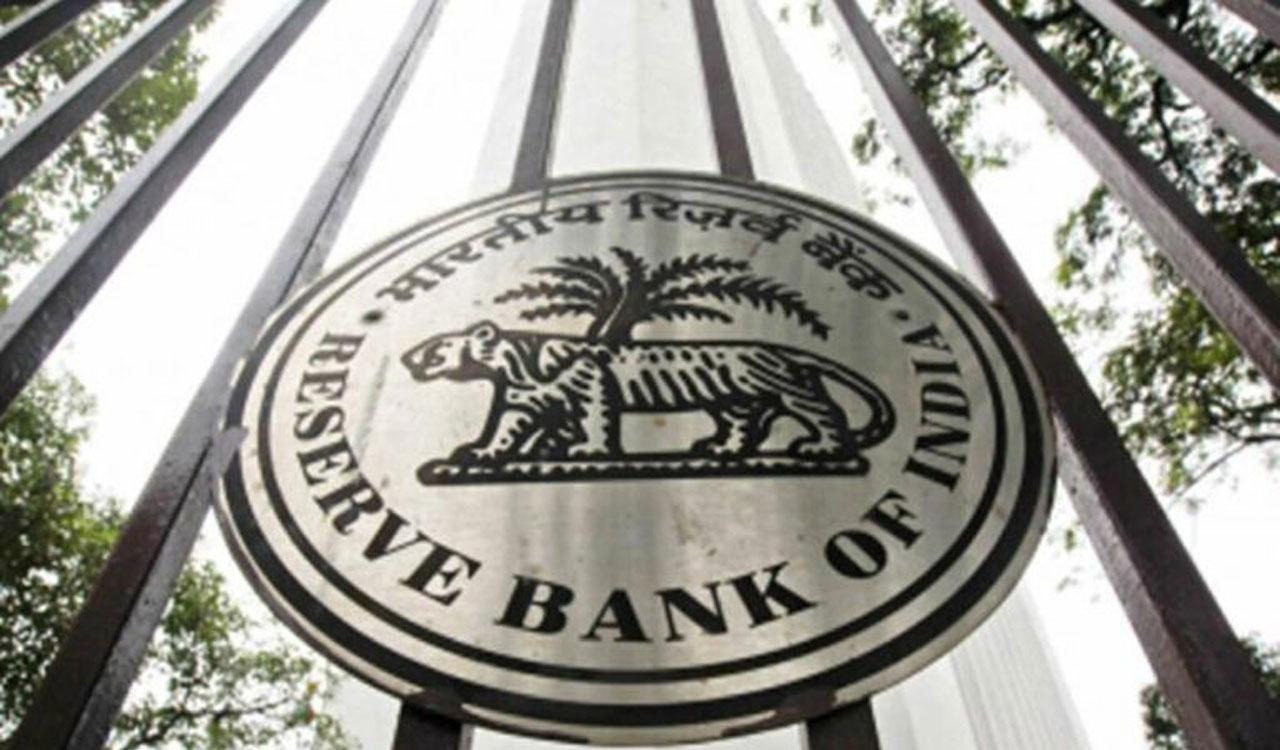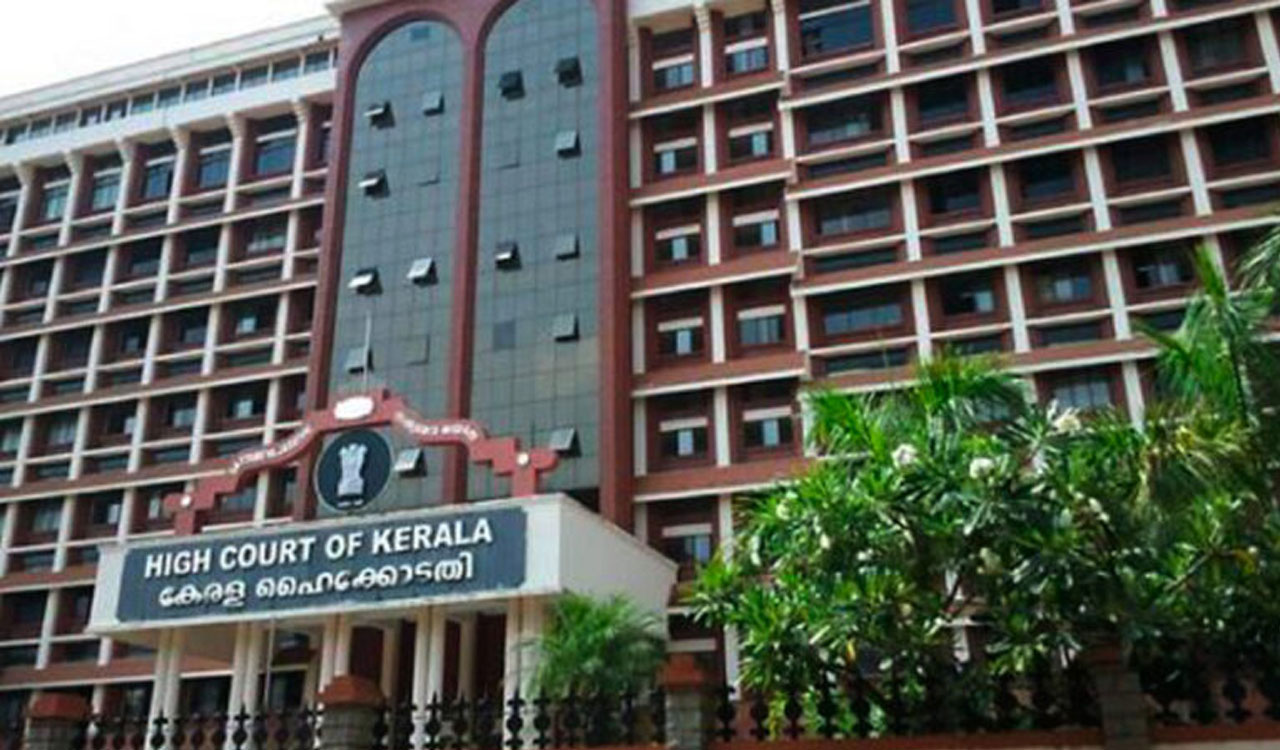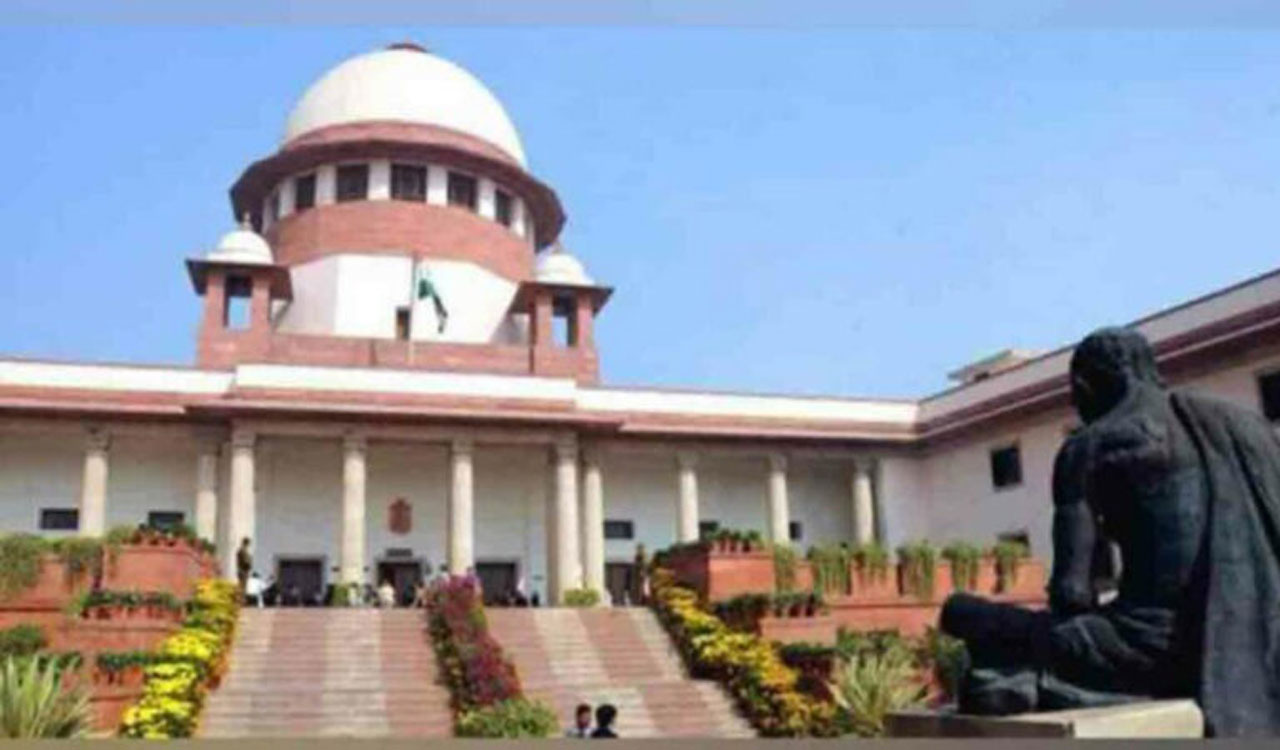The apex court declined to accept the Centre’s fervent request that reference of the petitions to a larger bench be deferred as Parliament is in the process of “re-enacting” the provisions of the IPC and a bill has been placed before a standing committee
Published Date – 06:59 PM, Tue – 12 September 23
New Delhi: The Supreme Court on Tuesday referred to a constitution bench of at least five judges a batch of pleas challenging the constitutional validity of the IPC provision on sedition, a month after the Centre introduced in Parliament bills to replace the colonial-era penal statutes IPC, CrPC and the Evidence Act, proposing among other things the repeal of the sedition law.
The apex court declined to accept the Centre’s fervent request that reference of the petitions to a larger bench be deferred as Parliament is in the process of “re-enacting” the provisions of the Indian Penal Code (IPC) and a bill has been placed before a standing committee.
The court said assuming that the bill, which proposes among other things the repeal of the sedition law and introduction of a new provision with a wider definition of the offence, becomes a law, it cannot be applied with retrospective effect.
“We are not inclined to accept the request for deferring the consideration of the constitutional challenge in these batch of matters for more than one reason,” said the bench headed by Chief Justice D Y Chandrachud.
The bench, also comprising Justices J B Pardiwala and Manoj Misra observed that Section 124A (sedition) of the IPC continues to remain in the statute book, and even if the new bill becomes a law, there is a presumption that any new law in the penal statute will have prospective and not retrospective effect.
“Consequently, the validity of the prosecution which would be launched so long as Section 124A continues to remain in the statute, will have to be assessed on that basis,” it said.
The bench while noting the request by Attorney General R Venkataramani and Solicitor General Tushar Mehta to defer referring the petitions to a larger bench, said, “There is no way we can avoid looking at the constitutionality of (Section) 124A on the ground of a new law….” The bench noted the constitutional validity of Section 124A was tested by the apex court on the basis of a challenge that it was ultra vires to Article 19(1)(a) of the Constitution in the 1962 judgement of Kedar Nath Singh versus State of Bihar.
Article 19(1)(a) relates to the right to freedom of speech and expression.
The 1962 judgement had upheld the constitutionality of Section 124A and held it was in harmony with Article 19(1)(a).
The bench observed it needs to be noted that when the five-judge constitution bench had ruled on the validity of Section 124A in 1962, the challenge to it on the ground that it violated Article 19(1)(a) of the Constitution was tested only with respect to that Article.
It said at that time there was no challenge on the ground that Section 124A of the IPC violated Article 14 (equality before law) of the Constitution.
The top court said the appropriate course of action for the three-judge bench would be to direct that the papers be placed before the CJI so the pleas could be heard by a bench of at least five judges since the 1962 decision was by a constitution bench.
“We accordingly direct the registry to place the papers before the CJI so that appropriate decision can be taken on the administrative side for the constitution of a bench of a strength of at least five judges,” the court said.
Senior advocate Kapil Sibal, appearing for the petitioners, said the matter needs to be considered as pending prosecutions are going on under Section 124A.
Referring to the 1962 verdict, the bench observed, “We have a binding judgement of a five-judge bench.” The CJI said as far as pending prosecutions under Section 124A are concerned, those will continue unless the new law says all prosecutions under this provision will lapse.
Senior advocate Gopal Sankaranarayanan, who also represented the petitioners’ side, said even if a new law comes into effect, it can’t be applied retrospectively.
The bench said there is an interim order of the apex court which stays prosecution for an offence under Section 124A but it will have to decide the constitutional point.
“So long as Kedar Nath holds the field, 124A is valid,” the bench said, adding the proposed bench of five judges have
to take a call on whether the 1962 verdict warrants reconsideration.
Before the court decided to refer the petitions to a bench of five judges, the two top government law officers pleaded with it to have the decision deferred.
“We were to seek time on the ground that Parliament is seized of the matter. Now there is a new bill… it will have to be discussed on the floor of the House,” the solicitor general said, adding the court may not like to “pre-empt” a discussion.
“As the Attorney said, I am only supplementing him. Can it not wait? It has waited (for so long). Earlier governments had very good opportunity to say what Mr Sibal right now says that it is a draconian law. But they missed that opportunity. Now the government is in the midst of correcting,” Mehta said.
Sibal responded saying, “What you have proposed is more draconian. That is the unfortunate part.” Mehta told the court the government was of the view that all parties should be consulted on the issue before the bill becomes law and so it has been referred to the parliamentary standing committee.
Sibal insisted the court should not wait for a law to be passed by Parliament and instead decide on Section 124A as it stands today.
























